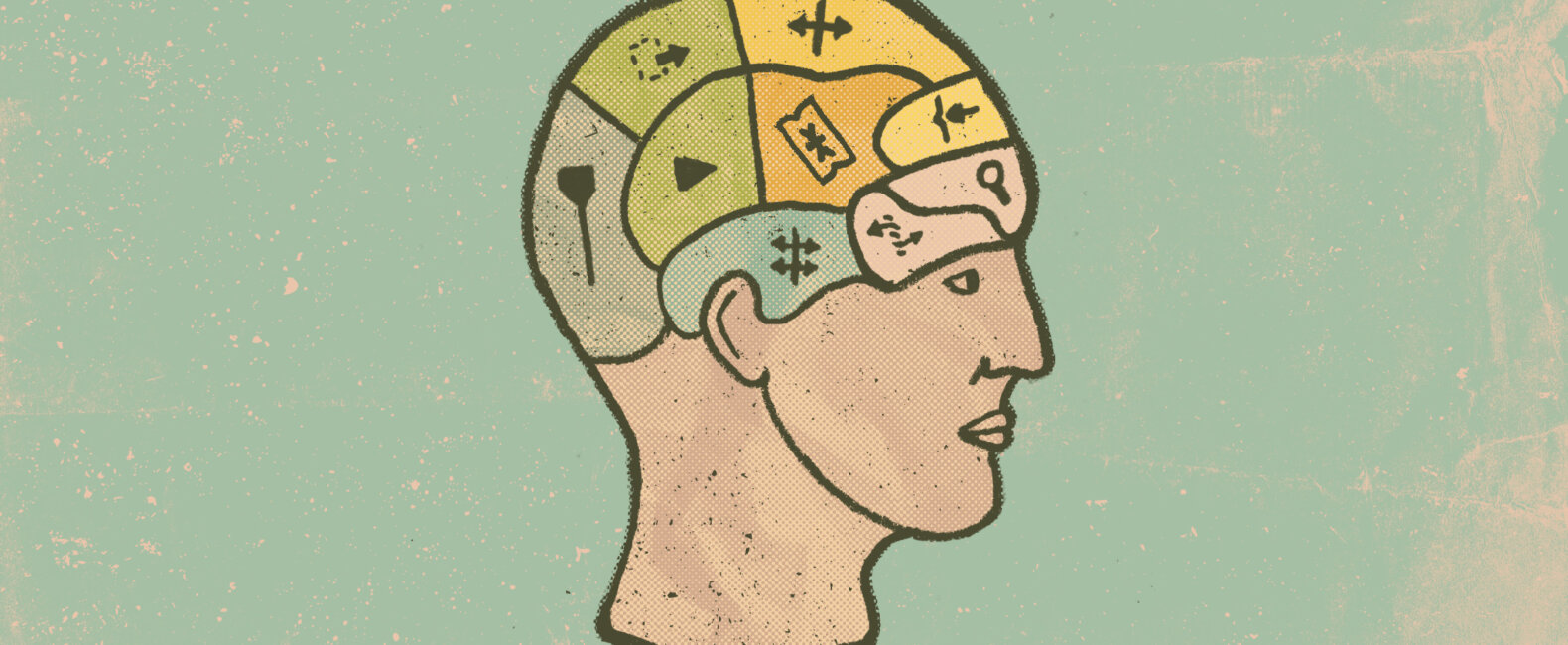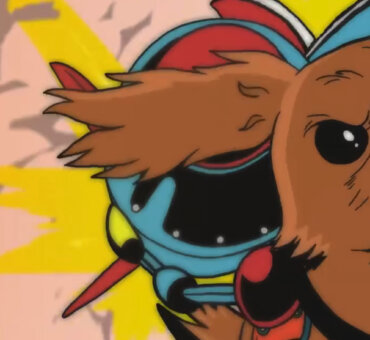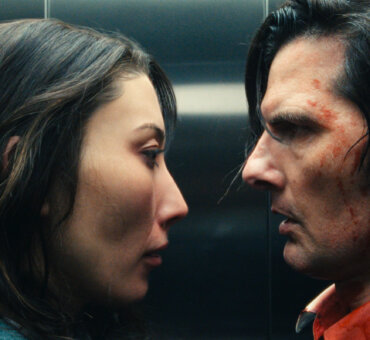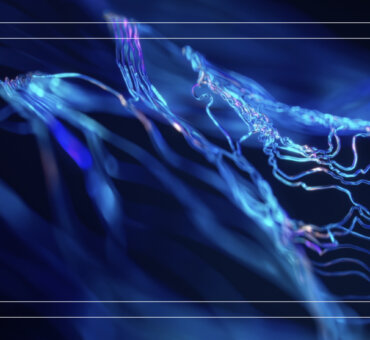Jennifer Ruff, filmmaker and editing professor at NYU’s Tisch Graduate School of Film, didn’t get her start in film, but rather literature. “I wrote poetry and didn’t like electronic things,” she told us. An MO that still seems applicable today. Jennifer doesn’t approach editing as a technician or even a craftsman, but primarily as an artist, valuing things like listening and emotional awareness far more than technical know-how. Her notable projects include such doozies as Alfonso Cuarón’s Y Tu Mamá También, Kimberly Peirce’s Boys Don’t Cry, and Lisa Cholodenko’s High Art, just to name a few. We spoke to her recently about editing, poetry, emotional journeys, and how to know when a project is really, truly good and done.
Here’s Jennifer.
The Editor’s Job
What’s an editor’s job? It’s a basic but difficult question. The simple answer might be: It’s your job to tell a particular story the best way you possibly can. There are so many pieces when you come back from shooting; it’s the editor’s job to find the story. You have to really listen to the footage. That’s how I’ve come to think of it. Your job is to listen. The footage will tell you what is good without you having to impose anything on it. It’s like gold-mining in that way. You can almost think of it as a life philosophy: You focus on the good, don’t worry about the bad, and don’t worry about what you thought something should be. It’s your job to find out what it is.
Editing with Emotion
One of the first editors I really sat with was a man named Jim Lyons, a classic editor. He edited all of Todd Haynes’ early work, and he is kind of a legend in the editing world. I would sit with him for days and watch him edit and ask him lots of annoying questions like, “Why did you cut right there? Why are you doing that?” And he’d always say the same thing: “Because it felt good.” It was always about emotions with him. He wasn’t a very technical person. I always thought that to be an editor you had to be a super-techy geek, but he wasn’t at all. He was a true artist. A pure artist. He helped me realize that you could still be an artist as an editor. “Cut on emotion,” he told me. It took years for me to understand what that meant.
I try to teach my students that the emotional journey of a film is what matters. If a scene is working emotionally, people won’t notice anything else. The actor could change costumes and the audience wouldn’t notice because they’re so emotionally absorbed in the moment. The goal is to have the audience feel what the characters are feeling. So as an editor, you have to use more than your head. You have to use your whole body. Pay attention to how a scene makes your body feel. You have to do this work with your feelings on.
Editing as Poetry
I went to school for literature. I wrote poetry and didn’t like electronic things. But during my last year of college, I took an experimental film class and was blown away. I immediately understood the connection between poetry and experimental film. The way images placed next to each other can be evocative without necessarily telling a story. Now I’ve come to see poetry and editing as being very similar as well. In both, you’re trying to say the most with the least. You want to give the viewer just enough so they won’t get lost, but not so much that they can’t participate in the story by filling in the holes themselves. Both are very much about how you expand or contract time. You can make a moment last 10 minutes, or you can condense a lifetime into 10 minutes. Both are powerful, but you have to decide: are you expanding or contracting time?
I’m thankful I started in experimental film, just because I learned the power that images can have on their own. One image next to another image has a certain power — just like words in a poem. There’s an economy to both. If you’ve said something well once, you don’t need to keep saying it again. A lot of Hollywood films do that. They treat the viewer as if they’re a bit dumb. Did you get it? Did you get it? Did you get it? It gets old. Good editing, and good poetry, respects the audience. And the truth is the audience needs to know only so much. Much less than you’d think.
Your job is to listen. The footage will tell you what is good without you having to impose anything on it.
Not Panicking
I always say to my students, “Editing is a constant process of solving one problem and creating another.” It’s like a game of Jenga. Sometimes it feels like the whole thing is going to collapse. I worked on a feature film a few years ago. We did a test screening, and pretty much everyone agreed they didn’t like the girlfriend character. It was shocking because we loved this actress. She was fabulous and had done a great job, and the audience was supposed to like her. It would have been easy to panic in that moment and assume something had fundamentally gone wrong.
But when we went back and looked at the film, we realized two things. First, in her very first shot of the film, the girlfriend said something a little bit rude. It was the first time you met her, and that impression stuck in people’s minds. Second, in the initial color correction she was very green. So we changed her color to look more normal. The next time we screened the film, everybody was fine with her. It just goes to show that everything matters — even the smallest things — and sometimes the big problems can be solved with small tweaks. I try to teach my students not to panic. I’ve never worked on a film where the rough cut looks good. Usually it’s a disaster. But there are about 20 or 30 more cuts to go! Eventually you are tweaking frames.
When to Stop
The thing that’s taken me the longest to learn as an editor is when to stop editing. To know when a film is done. Because the thing is, it never feels done. You have to teachyourself not to overedit. I used to think a film would get to a point where it felt complete. Now I know there’s always some part that will feel undone. You can’t answer everyone’s questions. You can’t make everyone happy. If you do, you’ll kill your film. When the Chinese paint their giant images of dragons, they always leave one part of it unfinished. That, they say, is where the god gets in. I try to think of that when I’m editing. You can’t make it perfect. You can’t answer everything. The question is: Does it have heart? Is it the movie you set out to make? Is it the story you wanted to tell?
Watch Jennifer’s latest film A Woman, a Part, now available on Netflix, Showtime and iTunes.
—
For more on editing, check out these related articles:
Cutting Under Pressure: Carlos Flores on Short Deadlines
Trust the Process: An Interview with ‘Master of None’ Editor Jennifer Lilly






